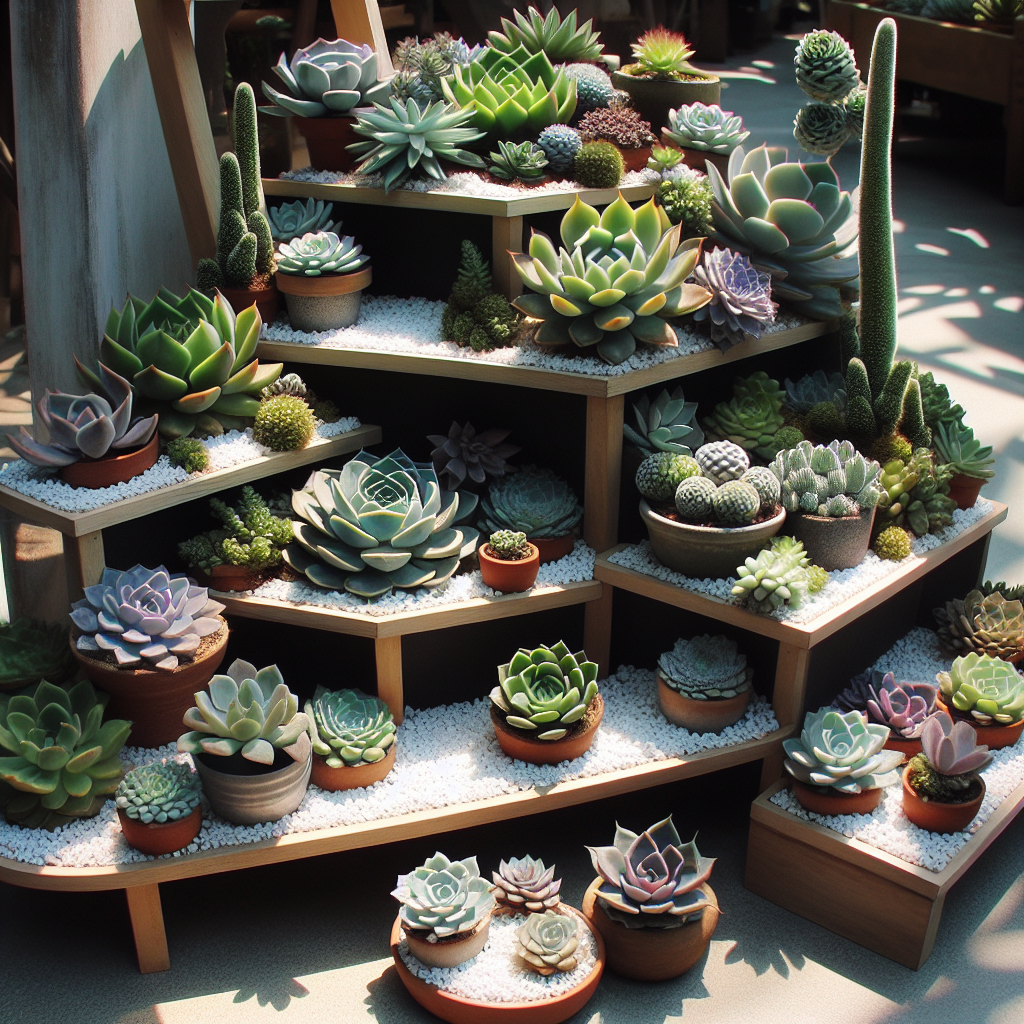Ornamental Grass Garden for Textural Contrast
Creating an ornamental grass garden is a fantastic way to add visual interest and textural contrast to your outdoor space. With their graceful movement and unique forms, ornamental grasses can transform any garden into a stunning landscape. In this comprehensive guide, we will walk you through the step-by-step process of creating your own ornamental grass garden. From selecting the right grasses to planting and maintenance, we will cover everything you need to know to bring this project to life.
Step 1: Planning and Design
Before you start digging, it’s essential to plan and design your ornamental grass garden. Consider the following factors:
- Location: Choose a spot in your garden that receives ample sunlight, as most ornamental grasses thrive in full sun. However, some varieties can tolerate partial shade, so make sure to select grasses that suit your specific location.
- Size: Determine the size of your garden and the amount of space you have available. This will help you decide how many grasses you can accommodate and how they will be arranged.
- Color and Texture: Think about the color scheme and texture you want to achieve. Ornamental grasses come in a wide range of colors, from vibrant greens to golden yellows and deep purples. Consider how these colors will complement the rest of your garden.
- Height: Take into account the height of the grasses you choose. Taller varieties can provide a stunning backdrop, while shorter ones work well as borders or groundcovers.
Once you have a clear vision of your ornamental grass garden, it’s time to move on to the next step.
Step 2: Selecting the Right Grasses
Choosing the right grasses is crucial for creating a visually appealing and cohesive garden. Here are some popular ornamental grass varieties to consider:
- Pampas Grass (Cortaderia selloana): Known for its large plumes and dramatic height, pampas grass adds a touch of elegance to any garden.
- Fountain Grass (Pennisetum setaceum): With its graceful arching stems and fluffy seed heads, fountain grass brings a soft and feathery texture to the garden.
- Maiden Grass (Miscanthus sinensis): This tall grass variety features beautiful plumes and stunning fall foliage, making it a standout choice for any garden.
- Zebra Grass (Miscanthus sinensis ‘Zebrinus’): Characterized by its unique horizontal stripes, zebra grass adds a bold and eye-catching element to the landscape.
These are just a few examples, and there are countless other ornamental grasses to explore. Visit your local nursery or garden center to see what options are available in your area.
Step 3: Preparing the Soil
Before planting your ornamental grasses, it’s essential to prepare the soil properly. Follow these steps:
- Clear the area: Remove any existing plants, weeds, or debris from the designated area.
- Loosen the soil: Use a garden fork or tiller to loosen the soil to a depth of at least 12 inches. This will improve drainage and allow the grass roots to establish more easily.
- Amend the soil: If your soil is heavy clay or lacks organic matter, consider adding compost or well-rotted manure to improve its texture and fertility.
- Level the ground: Rake the soil to create a smooth and even surface for planting.
By preparing the soil properly, you provide a healthy foundation for your ornamental grasses to thrive.
Step 4: Planting the Grasses
Now that your soil is ready, it’s time to plant your ornamental grasses. Follow these guidelines:
- Dig the holes: Dig holes that are slightly wider and deeper than the root balls of your grasses. Space the holes according to the recommended spacing for each variety.
- Remove the grasses from their containers: Gently tap the bottom of the containers to loosen the root balls, then carefully slide the grasses out.
- Place the grasses in the holes: Position each grass in its respective hole, making sure the top of the root ball is level with the surrounding soil.
- Backfill the holes: Fill the holes with soil, gently firming it around the roots to eliminate air pockets.
- Water thoroughly: Give your newly planted grasses a deep watering to help them settle in and establish their roots.
Remember to follow the specific planting instructions provided with each grass variety for the best results.
Step 5: Maintenance and Care
Once your ornamental grass garden is planted, it’s important to provide proper maintenance and care to ensure its long-term success. Here are some essential tips:
- Watering: While most ornamental grasses are drought-tolerant, they still require regular watering during their first growing season. Afterward, they will only need supplemental watering during prolonged dry spells.
- Fertilizing: Apply a slow-release fertilizer in early spring to provide the grasses with the necessary nutrients. Follow the package instructions for the correct application rate.
- Pruning: In late winter or early spring, before new growth emerges, cut back the previous year’s growth to a few inches above the ground. This will rejuvenate the grasses and promote healthy new growth.
- Dividing: Over time, some grasses may become overcrowded and lose their vigor. To prevent this, divide the clumps every few years in early spring or late fall.
- Winter Protection: While most ornamental grasses are hardy, some may benefit from winter protection in colder climates. Mulch around the base of the grasses to insulate the roots and prevent frost damage.
By following these maintenance practices, you can ensure that your ornamental grass garden remains healthy and vibrant year after year.
Step 6: Enjoying the Results
Now that you have completed all the necessary steps, it






